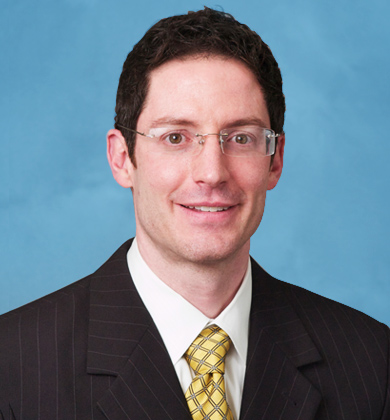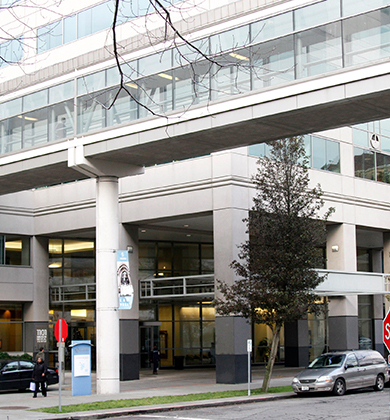Rhinoplasty Risks
Overall, cosmetic and functional rhinoplasty is extremely safe. Serious complications such as excessive bleeding, infection, anesthesia reactions, and poor wound healing are quite rare. Even if they do occur most of these events can be treated effectively.
Cosmetic Risks
The cosmetic risks of rhinoplasty vary quite a bit depending on the specific circumstances. First time rhinoplasty (primary rhinoplasty) has much less risk compared with revision surgery. Secondary or revision rhinoplasty must overcome any inflammation from prior surgery along with subcutaneous scarring, reduced skin elasticity, reduced blood supply, and damaged or missing nasal structural elements. The main cosmetic risks of rhinoplasty are incomplete correction of the nasal problem being treated with surgery. Asymmetry is another possible risk; in fact it can be quite difficult to achieve perfect symmetry during rhinoplasty, especially in situations in which there is pre-existing asymmetry.
Fortunately, in the hands of an experienced rhinoplasty surgeon the vast majority of patients avoid serious complications all together. However, some patients do fail to achieve their desired cosmetic outcome. Such an unfavorable outcome can be due to a variety of causes, though poor surgical technique is often to blame. However, even a well-executed operation can be affected by unforeseen postoperative changes (scarring, skin contracture, cartilage warping) that occur during the healing process. As a result, even in the best of circumstances slight cosmetic imperfection is unavoidable regardless of the skill and experience of the surgeon. A careful pre-operative history and examination combined with a skilled surgeon and realistic patient expectations usually combine to lead to a successful surgical outcome.
Rhinoplasty Side Effects
Depending on the surgical approach used, temporary numbness of the nose (especially the nasal tip skin) may be experienced after surgery. More common with the open rhinoplasty approach, the nerve endings should gradually regrow back to the tip skin after about 8 or 9 months. Similarly, with more extensive septum surgery it is possible to experience temporary numbness to the front of the hard palate and teeth inside the mouth. This is related to the shared nerve endings in this area.
Another possible side effect of nasal surgery is a more stiff or less mobile nose. This is initially related to nasal skin swelling. It can persist, however, as the nasal tip support must often be augmented during surgery to maintain proper tip position after surgery. A less mobile tip is often a tradeoff that must be made to ensure stable rhinoplasty results.
It also may be possible to be able to feel irregularities under the skin after rhinoplasty. This can be related to areas of bone cuts, cartilage grafting and bridge shaving, for example. These irregularities do not typically translate into a visual abnormality, however.
After my first surgery, I was self-conscious about my nose and didn't even like to smile. But I have been smiling all day and so happy with the results!
BB - Seattle, WA View More Patient Testimonials ›Schedule your In-Office or Virtual Consultation with Dr. Lamperti
Thomas Lamperti, MD personally performs all in-office and virtual consultations where you will be able to learn about your customized cosmetic or reconstructive surgery options.



